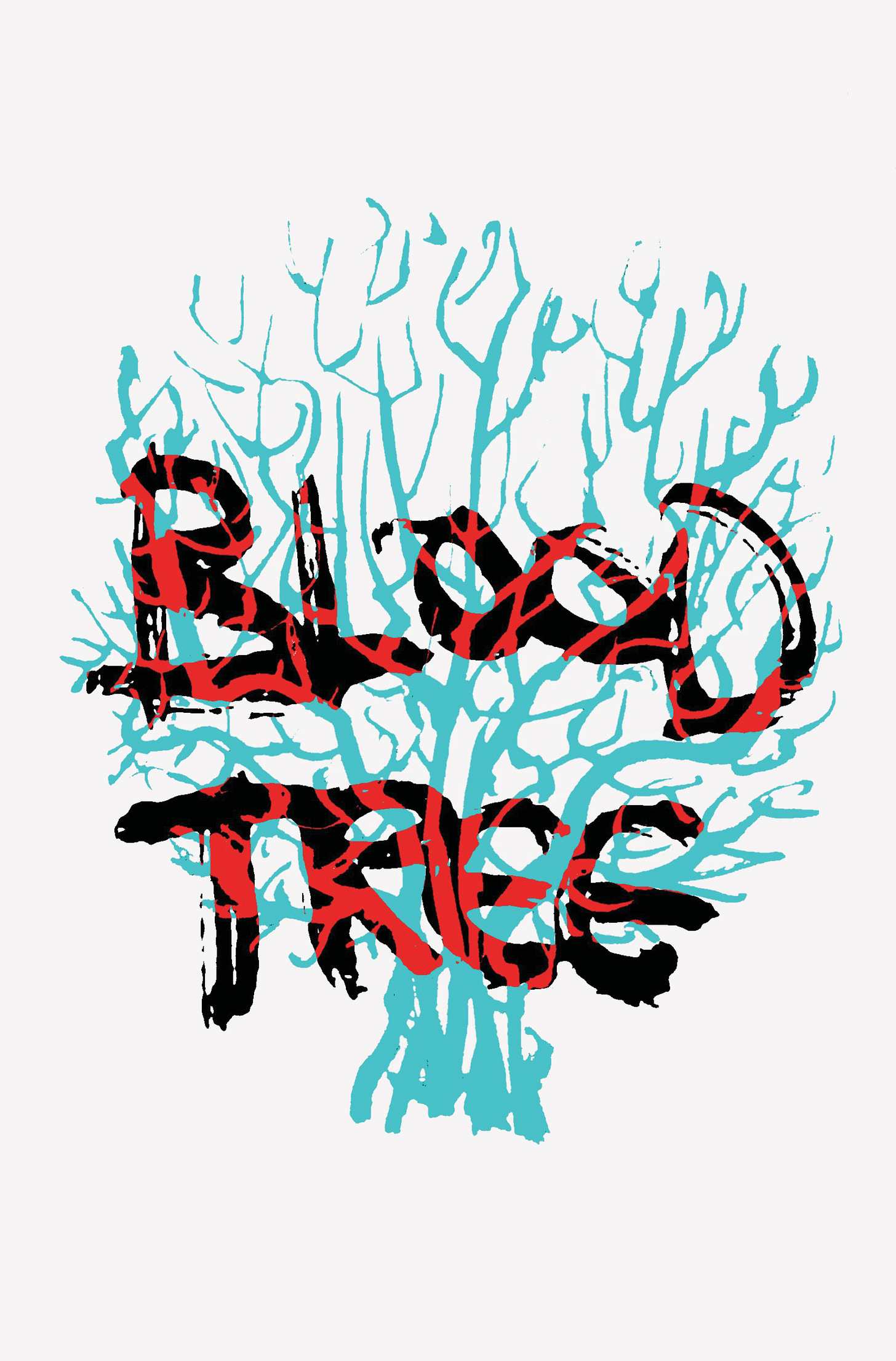Peter J. Tomasi is a name a lot of people will remember for his time on several Batman comics. One of which is an idea that starts as his tryout to succeed Grant Morrison’s Batman & Robin.
Nature vs. Nurture
When Grant Morrison moved his/their Batman storyline to Batman Incorporated, Peter J. Tomasi became the main writer when he, Paul Cornell, and Judd Winick had their shots.
This was about continuing the Dick Grayson/Damian Wayne dynamic. Where even the dialogue didn’t feel out of place; sure Dick Grayson’s quippy but isn’t like the mass produced attitudes of superhero characters and Damian’s wisecracks are usually defensive and or mocking Dick. But not in a completely antagonistic way.
Tomasi genuinely knew and understood these characters and wanted to have a little fun with them. But he still had to open with something big. Something with a central theme and visual contrast. A Dark Knight vs. White Knight…not that one!
The character who became the White Angel was an extremist who was trying to keep relatives of Arkham Asylum inmates from going bad. How? By attaching wings made of bird feathers to their backs and filling them with enough drugs and noise to influence them to jump off high rises while making them look like suicides. He does this by keeping carvings of Arkham inmates on a Blood Tree to keep track of them all.
In terms of themes, this is a nature vs. nurture deal. Dick was raised by Batman to avoid going down a path of vengeance. Meanwhile Damian represents the nature side where his bloodlines with the League of Assassins Talia al Ghul and Batman could go anywhere. Ultimately it’s an age old debate about free will.
There’s No Angel
Problem is despite the detective work and palpable action scenes that establish the effects of the White Knight’s threat, Lewis Bayard is kind of a weak link. He was the kid of an Arkham guard who was traumatized by his father being killed by James Gunn’s Creature Commandos’ Dr. Phosphorus with the burn marks looking like angel wings. Somehow he got…
You know what, his powers and equipment don’t matter. What does is how he doesn’t really fit the nature or nurture debate. Even the freewill angle is shaky with his trauma. In fact he’s more of a Batman foil in practice, but he doesn’t really stand out among others. White Angel’s presentation is very artful, but he doesn’t really have a strong character.
The Arkham Knight
A few years later, Tomasi would meet another inverted Batman known as the Arkham Knight for tie-in comics to the titular video game. You know the one that tried too hard to deny it was Red Hood until it couldn’t. At the very least, this reflection stands out for coming out of stories where Batman is framed as the villain.
Tomasi would revisit this contrast by giving the Arkham Knight mantle to a new character. Only this time it was about being Batman’s complete opposite in a zealous crusade to destroy everything about him. Because Astrid Arkham was indoctrinated by stories of a creature of the night that killed her mother from unreliable narrators, being raised in an asylum isolated from other children, and stories of knights who fought the darkness.
Using her father’s resources, Astrid became the Arkham Knight, raising an army of mentally ill inmates who already hated Batman into fanatics through the stories that made her. All while building machines that are light themed to put Gotham into never-ending daylight. Regardless of what harm that causes like blindness.
This makes the Arkham Knight more memorable than either concepts that came before.
Blood Tree
As for the killings and methods of the White Knight, Tomasi would revisit it in his creator-owned book Blood Tree. I found out about this series when it appeared in the failed Zestworld service.
In this crime drama is the same theme of nature, nurture, and free will. But it’s a more grounded take on the concept. This helps make the villain all the more frightening. Unlike the White Angel, he is an unrepentant sociopath under delusions of grandeur. No trauma, just the very example of an ugly nature at work.
As for the lead detective, he is the rep for good nurturing. Born to death row inmates, adopted by a good cop as a baby who raised him with love, care, and a moral compass. It helped get him into a healthy, functional relationship with his wife and two kids. But he’s concerned when his son shows antisocial symptoms. Especially when he finds out his family is the killer’s targets.
As for free will, that’s what plays up the tension. The detectives might not have to worry about (as many) showy displays as the White Angel, but they don’t have Batman’s more fantastic gadgets or deductions. While capable and get a few small wins, they still make mistakes or miss the timing. In fact the last showdown was a whole lot of risk. Heck, there’s even a genuine sense of mortality involved. The kind that comes with second guessing, doubt, acceptance, and forgiveness.
The overall play is, there’s a reason why this theme is a classic. You just have to stick with it to make it last in the minds of readers. Even if it might take them a while to warm up to everything.
Memes Grow On
Ideas have a way of sticking with people, the more memorable the concept, the more they evolve. For Tomasi, his pitch to write for Batman never left him. Sure the first time came out messy, but there’s nothing that says ideas can’t branch off in their own directions. Building off of what someone’s done before is the hallmark of innovation.






